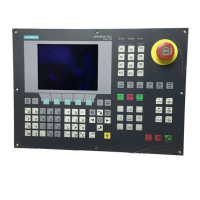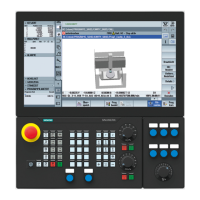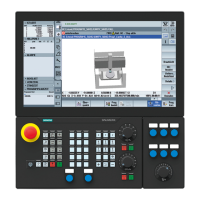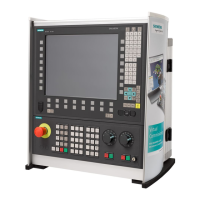Introduction to the SINAUT ST7 system
1.3 SINAUT TIM communication modules
Station control system
System Manual, 07/2009, C79000-G8976-C178-07
27
TIM 4R-IE
Asynchronous character format
• SINAUT ST7 protocol, polling or
spontaneous
• SINAUT ST7 protocol,
multi-master polling
• SINAUT ST1 protocol, polling
• SINAUT ST1 protocol, spontaneous
• 10 or 11 bits
• 10 bits
• 11 bits
• 10 or 11 bits
Hamming distance d
• SINAUT ST7 protocol
• SINAUT ST1 protocol
• 4
• 4
Ethernet
Protocol TCP/IP transport protocol
Communication services
• SINAUT ST7 using S7 communication
• SINAUT ST7 via MSC tunnel
• PG communication
Number of connections
• S7 communication
• MSC connections
– as SMS master station
– as MSC station
Total number of simultaneously operable
productive connections (S7 + MSC)
• as SMS master station
• as MSC station
Also:
• PG communication
• max. 64
• depending on the network node type:
– max. 128
– max. 1
• max. 128
• max. 65
• max. 2
1)
The MPI ports of the S7-300-CPU can be used with the following CPU types:
All variants of the CPU 312, CPU 312C, CPU 314 and CPU 314C;
the CPU 315-2 DP and the CPU 315F-2 DP
1.3.8 The TIM 4 variants
There are two variants of the TIM 4, the TIM 4R and TIM 4RD.
They do not have an integrated modem but have two combined RS-232/RS-485 ports to
connect to a WAN. The TIM 4RD has a DCF77 radio clock receiver.
These communications processors share the following properties:
● S7-300 housing, double width
● Has an MPI interface
● Compact unit that can be used in a wide variety of situations:
– as a communications processor (CP) in an S7-300
– as a standalone device combined with one or more S7-400s, S7-300s or control
center PCs (SINAUT ST7cc or ST7sc) over their MPI interface
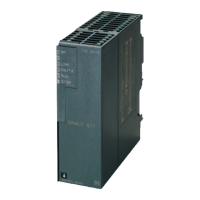
